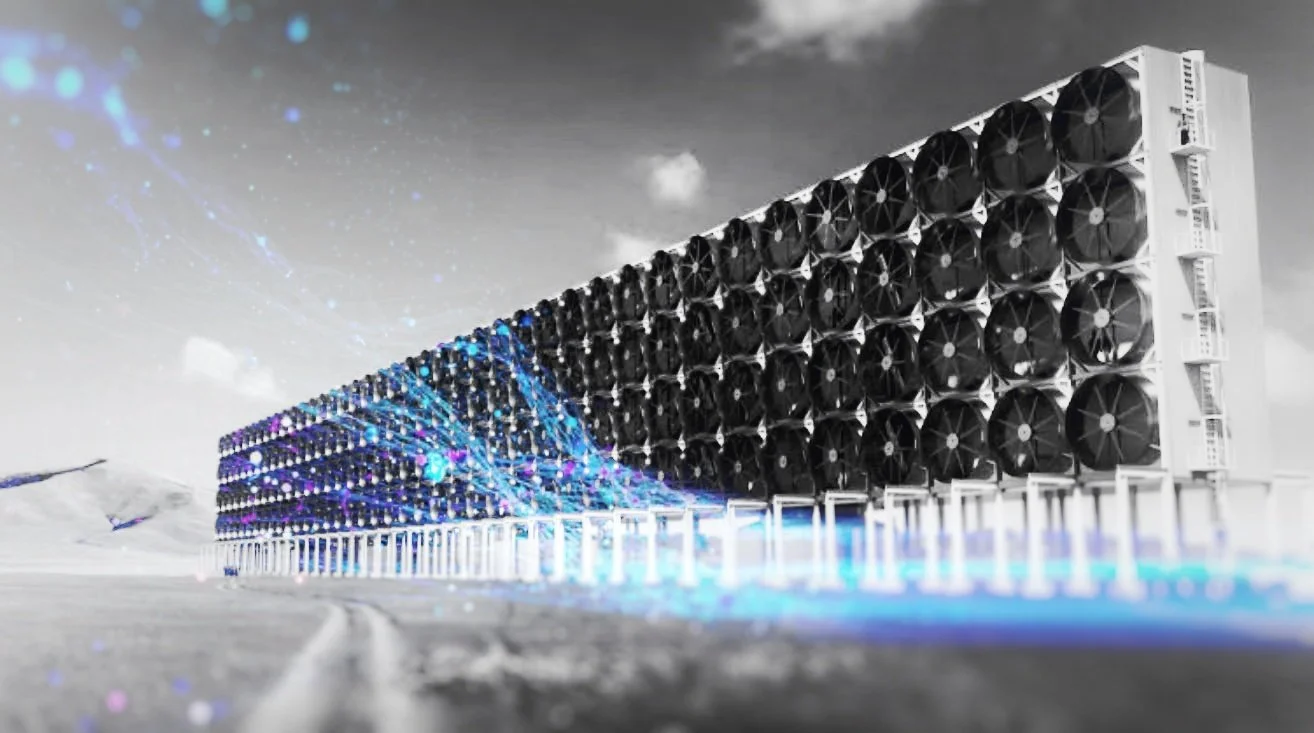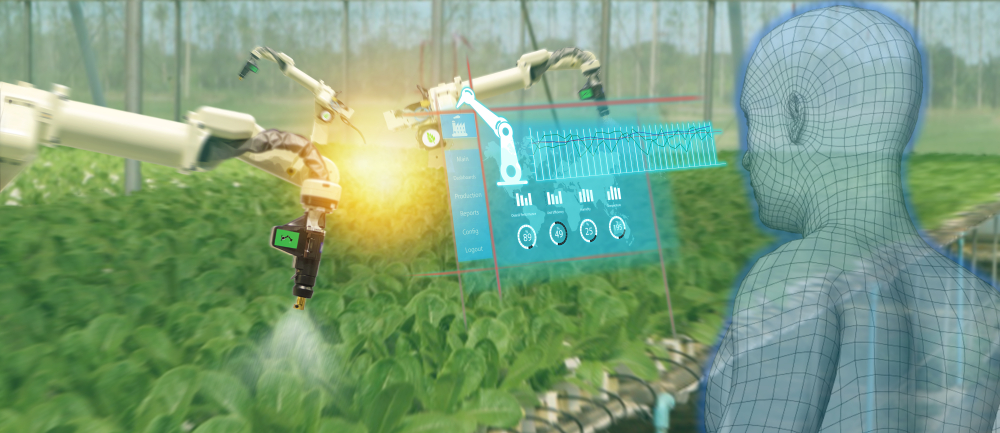Agriculture & Environment Articles: AI Solutions for Sustainable Growth
Explore expert insights on how AI and AgTech are revolutionizing farming and environmental conservation. Uncover practical strategies for enhancing crop yields, managing resources sustainably, and mitigating environmental challenges through advanced data analytics and automation.
Whether you're an agricultural innovator or an environmental advocate, our comprehensive collection guides you through state-of-the-art AI solutions (from precision farming and drone technology to carbon capture and pollution detection) that empower a greener, more sustainable future.
The global food supply is on the brink of crisis. Facing challenges like an aging workforce, labor shortages, declining crop yields, and climate change amongst others, farming is in dire need of a lifeline. AI and AgTech are emerging as the saviors of agriculture, transforming everything from crop breeding to farm-to-table traceability. These revolutionary technologies promise to enhance sustainability, improve yields, and reduce environmental impact. With the urgency for innovation greater than ever, AI is the essential lifeline the agricultural industry needs to secure a resilient and efficient future.
Since the first oil well was dug in 1859, we have been extracting carbon from the ground and pumping it into our atmosphere. Similar to the hundreds of thousands of oil wells around the world, what if we had many CCS systems capturing carbon, often in the form of oil, and injecting it back into the ground?
There is strong demand from governments, environmentalists, and citizens alike to keep our oceans clean and preserve the biodiversity and critical services they provide to life on Earth. Many emerging companies and organizations are changing the landscape of ocean conservation by developing innovative AI monitoring techniques and robotic technologies to identify pollution in our oceans and waterways and provide an expedited approach to cleaning it up.
Illegal logging is an environmental and economic loss for tropical regions like the Amazon. Illegal logging is associated with billions of dollars of lost revenue each year in addition to depressed timber prices, yet effective strategies to curb illegal deforestation are hard to find. Harnessing AI serves as a promising innovation for enhancing the accuracy of forest monitoring, with the potential to be adapted to the Amazon basin and other tropical regions.
In recent years, we’ve witnessed the shocking imagery of Australia, the western United States, Europe, and the Amazon rainforest engulfed in flames, the unprecedented intensity, duration, and extent of the fires inflicting irreversible damage on countries, economies, ecosystems, and the atmosphere. Managing and conserving forest resources remains a top priority, but mapping and monitoring global forests are crucial to understanding how to properly manage and protect them, especially in monitoring wildfires and illegal deforestation, as well as knowing which forests to prioritize preserving. Identifying and monitoring forests with strong conservation value and high carbon stock is also a huge leverage point for targeted intervention of Artificial Intelligence.
In a world overshadowed by the rapid deterioration of its climate, AI engineers are beginning to apply machine learning technology to issues of environmental justice and crisis. In California, where wildfires have ravaged over 570,000 acres of land and forced 41,000 evacuations already this summer, AI is being used to prevent and monitor forest fires throughout the state.
The national weather service operates a massive sensor array including sensors located on weather balloons, in airplanes, on land, in sea buoys, and from satellites. Just like a confluence of variables can indicate a hurricane is on the way, we believe an infectious disease forecasting service powered by AI can predict the likelihood of a new wave of C19 and other infectious diseases.
From detecting pests to predicting which crops will deliver the best returns, artificial intelligence can help humanity oppose one of its biggest challenges: feeding an additional 2 billion people by 2050 without harming the planet. AI is steadily emerging as an essential part of the agricultural industry’s technological evolution including self-driving machinery and flying robots that are able to automatically survey and treat crops.








